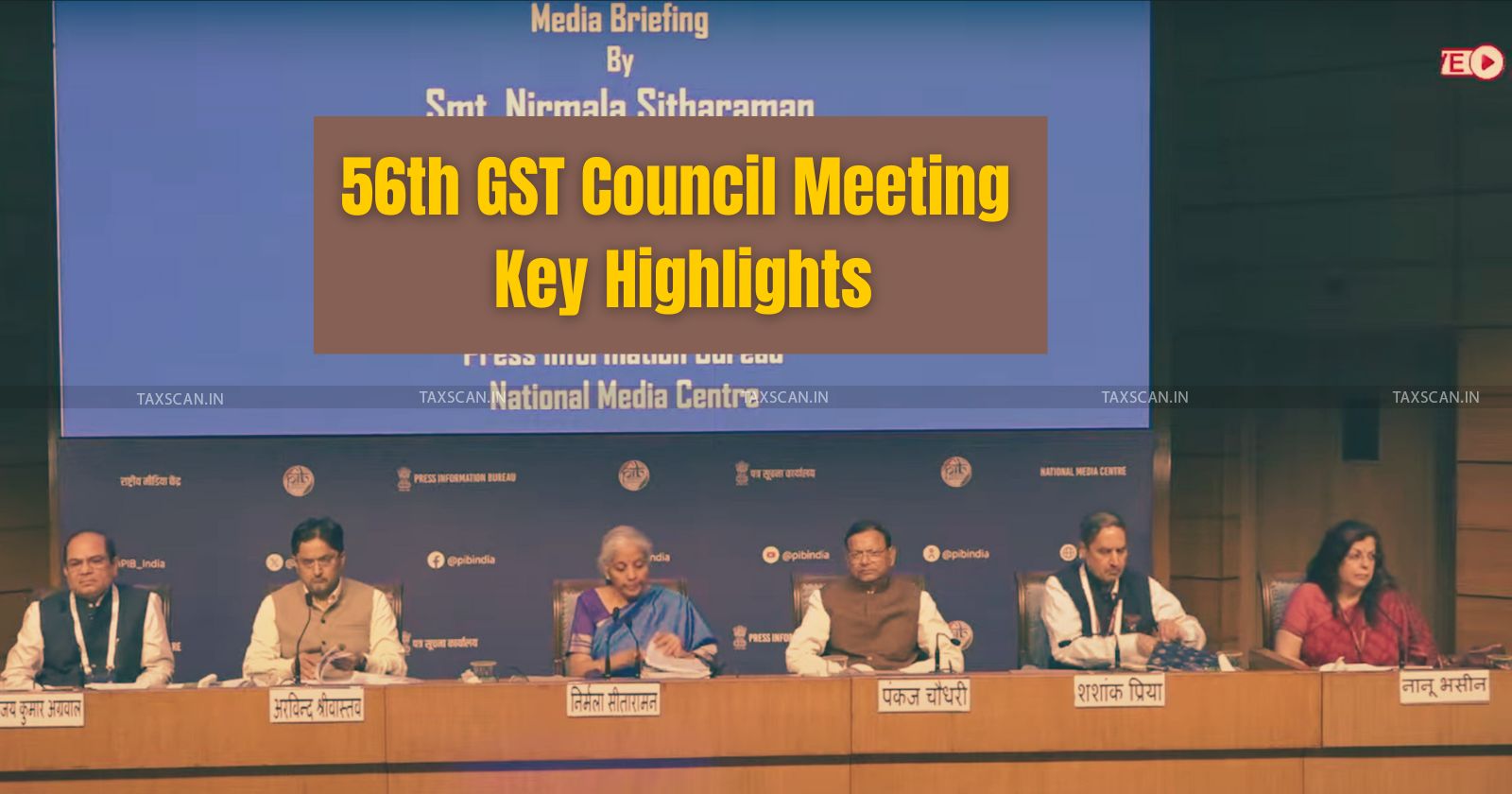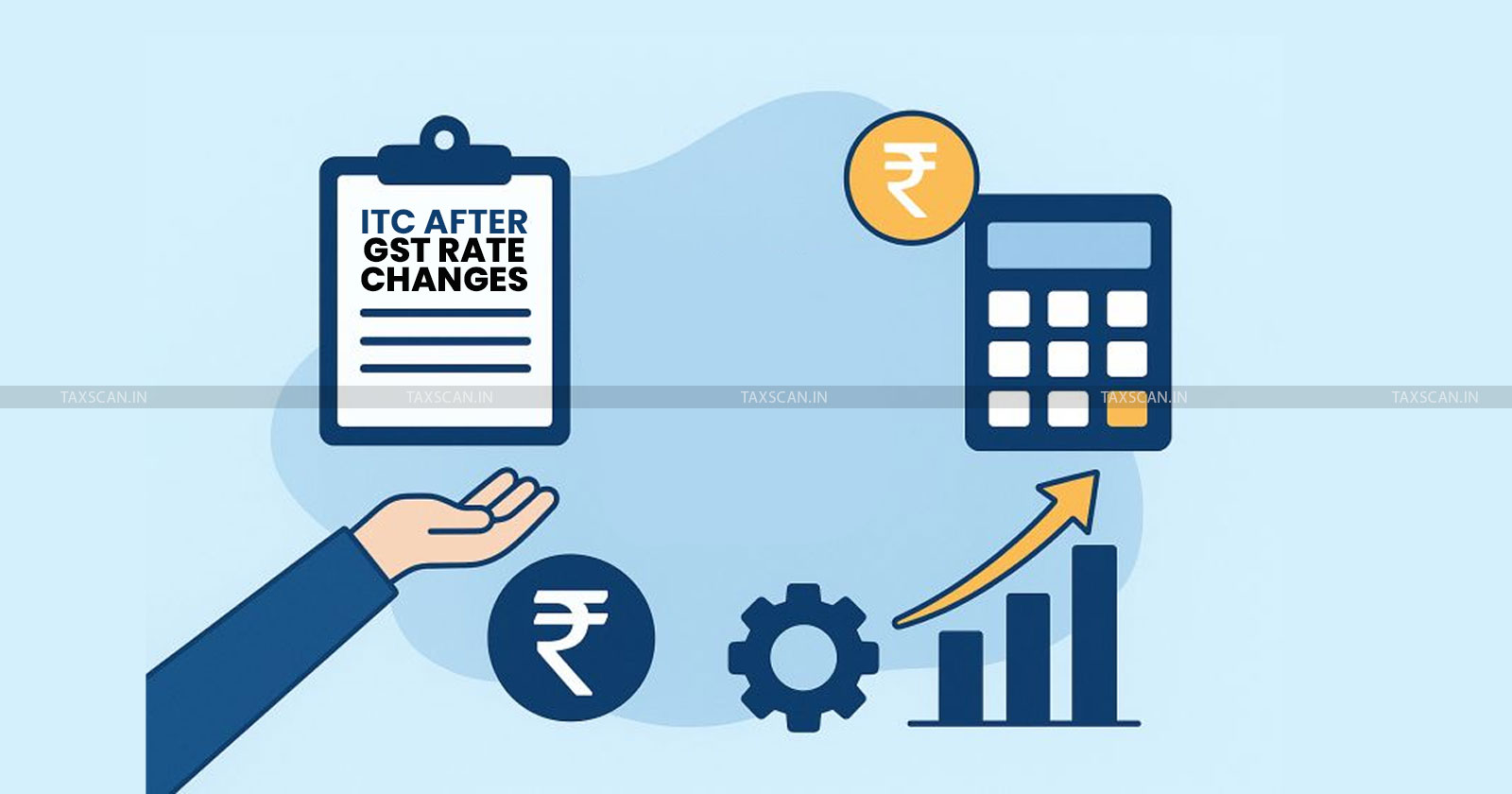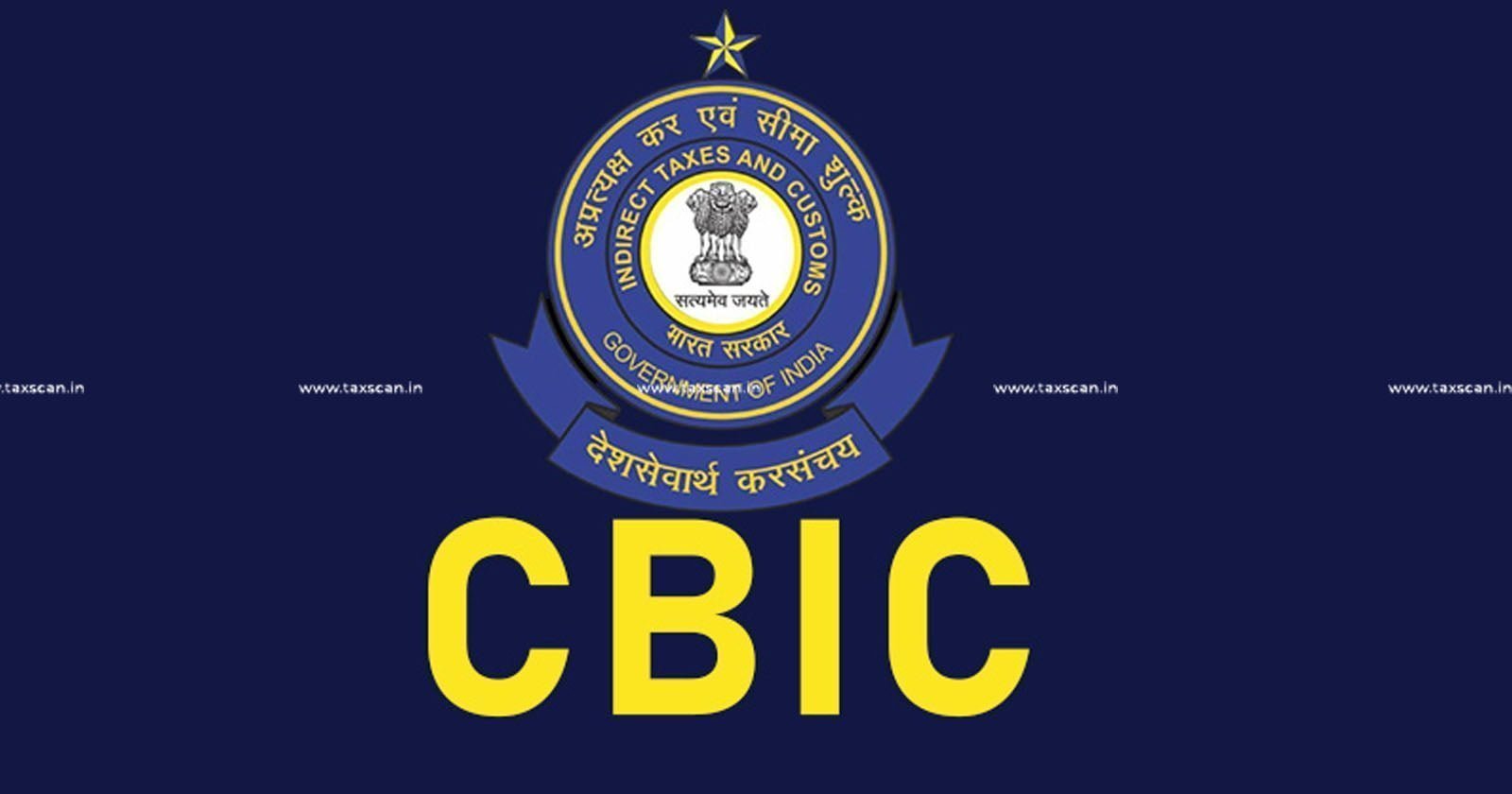PM Modi Addresses Nation prior to Implementation of “Next-Generation” GST Rates and Reforms
The latest reforms to the Goods and Services Tax regime has been hailed as the most significant changes to the indirect tax system since its introduction in 2017.

Prime Minister Narendra Modi addressed the nation on Sunday (21 September, 2025) evening, announcing that India’s “Next-Generation” Reforms would be effectuated towards the Goods and Services Tax (GST) regime would take effect at the sunrise of September 22, 2022.
Prime Minister Modi described the changes as the beginning of a “GST Savings Festival,” promising that households, farmers, entrepreneurs and small traders would directly benefit through reduced prices and simpler compliance norms. He said the reforms, which have in effect condensed the applicable GST rates, would accelerate India’s growth story, ease business operations, attract investment and ensure that every state participates equally in the race for development.
The latest announcement comes in terms of the decision made following the 56th meeting of the GST Council held earlier this month. The meeting, chaired by Union Finance Minister Nirmala Sitharaman, decided to overhaul the four-tier GST framework and replace it with a simplified two-rate structure- with 18% as the standard rate and 5% as the rate for essential goods. Sin and luxury goods will continue to attract 40% of the tax rate.
The reform has been hailed as the most important shift since the inception of the GST regime in 2017.
All-in-One Manual with Updated GST Laws & Provisions, CLICK HERE
How Does This Translate Into Prices?
For consumers, the immediate impact is a sharp fall in costs of everyday items. Household products such as soaps, shampoos, hair oil, bicycles, and kitchenware now carry only 5% GST. Daily-use food products including UHT milk, paneer, chapatis, parathas, and parottas are fully exempt.
Popular packaged items like noodles, chocolates, snacks, coffee, and ghee are reduced to 5%. On the other hand, tobacco and pan masala will continue under existing high cess obligations.
Healthcare and insurance have seen sweeping changes. All individual life and health insurance policies are now GST-free, as are 36 lifesaving drugs for cancer and rare diseases. Other medicines and devices will be taxed at 5%, ensuring lower healthcare costs.
In core sectors, GST on cement has dropped from 28% to 18%, while rates on tractors, agricultural machinery, and renewable energy devices have been reduced to 5%.
Labour-intensive industries such as handicrafts, leather, and marble products have also been given relief.
Step by Step Handbook for Filing GST Appeals, CLICK HERE
The automobile sector will see small cars, motorcycles under 350cc, three-wheelers, buses, trucks, and ambulances shifted into the 18% slab, while auto parts too are aligned at 18%.
Textiles and fertilizers, long burdened by inverted duty structures, have been corrected. Manmade fibre and yarn are now at 5%, while raw materials like sulphuric and nitric acid have been cut to 5%, reducing input costs for farmers.
The reforms recommended by the GST council extend beyond just rates. The Council has also approved the operationalisation of the long-awaited Goods and Services Tax Appellate Tribunal (GSTAT), which is slated to accept appeals by September-end and hearing cases by December.
To smoothen the rollout, the Central Board of Indirect Taxes and Customs (CBIC) has issued sector-specific FAQs, including extensive clarifications for pharmaceuticals, hospitality and transport.
With these changes now effective, Prime Minister Modi has urged citizens to see the GST reform not just as a fiscal measure but as a national celebration, boosting consumption and growth during the festive season.
Support our journalism by subscribing to Taxscan premium. Follow us on Telegram for quick updates





